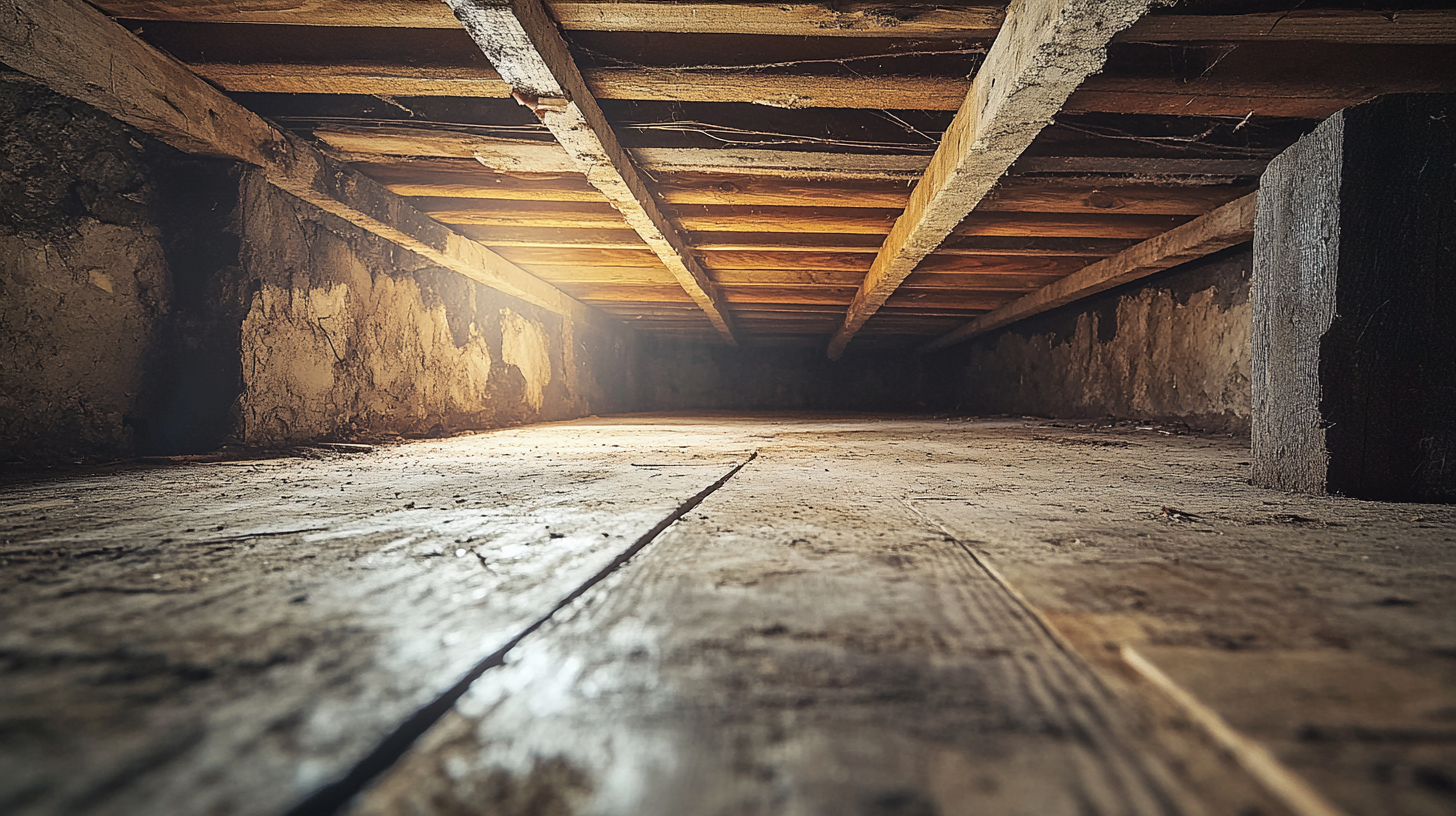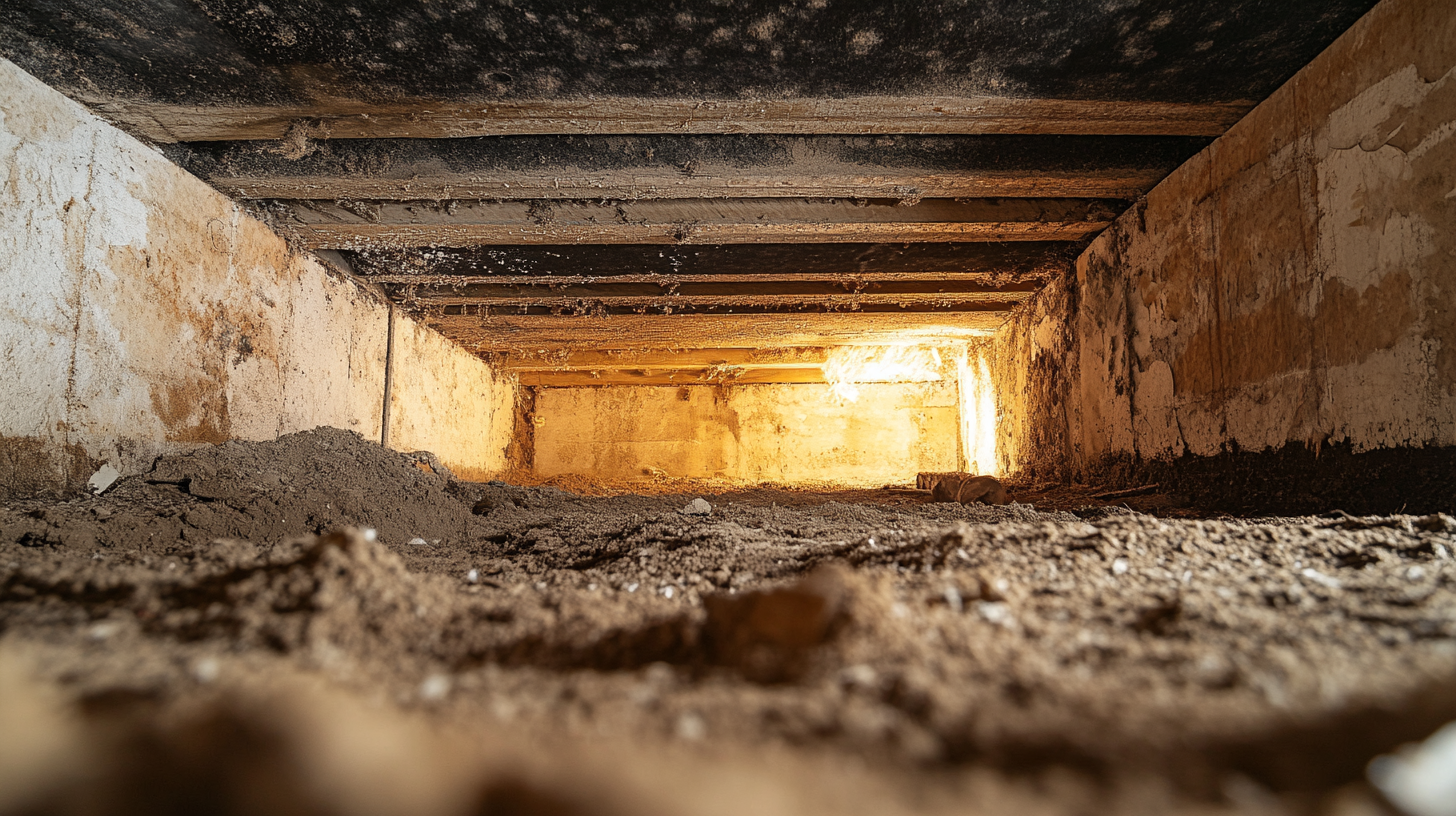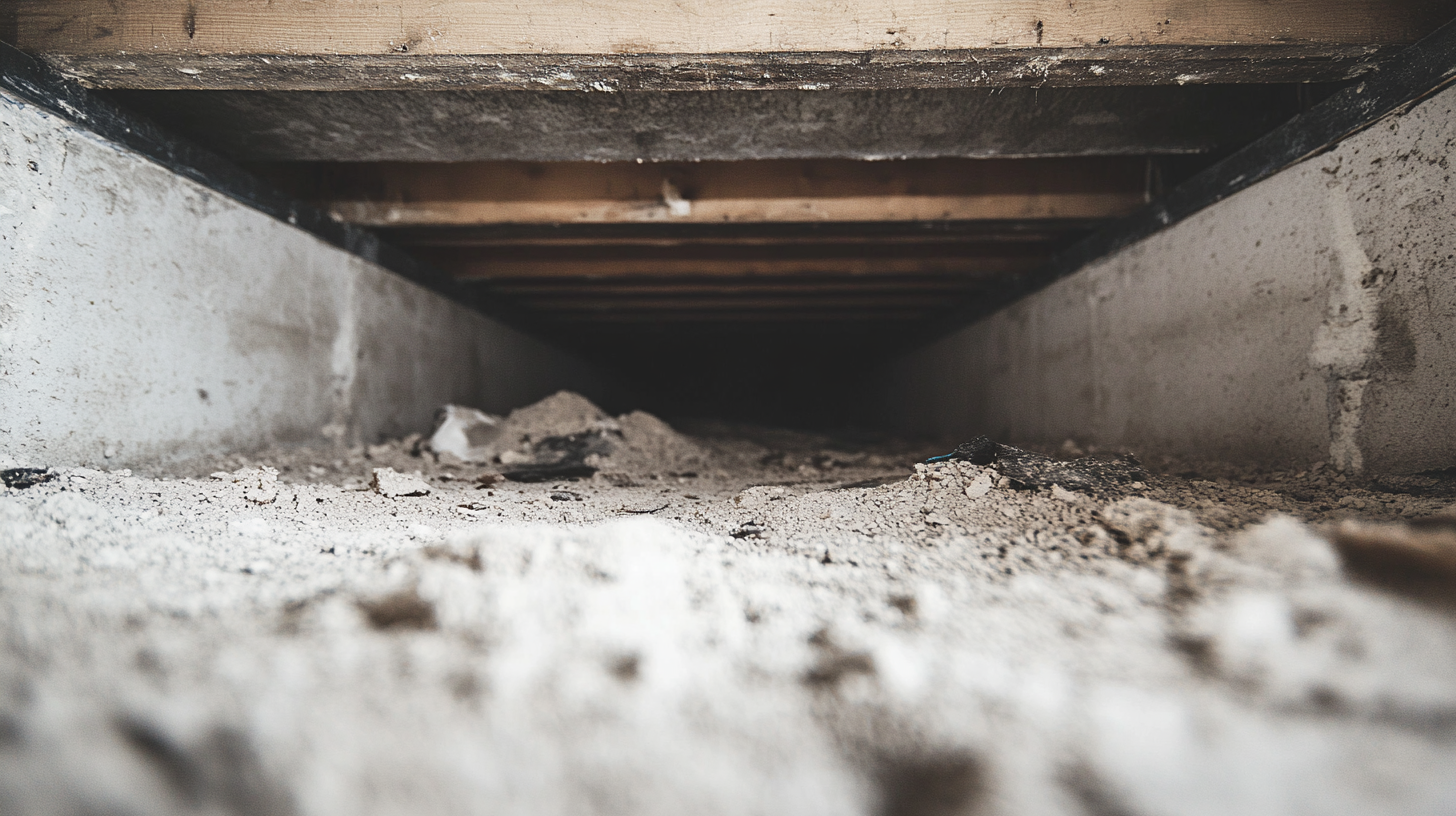Locally owned and operated.
Call Us Anytime: +1 843-304-6615
CLEANING & RESTORATION
24/7 Emergency Services:
Call us at 843-305-3383
Locally owned and operated.
Call Us Anytime: 843-305-3383
CLEANING & RESTORATION
24/7 Emergency Services:
Call us at 843-305-3383
Understanding the Basics: What is Fire Damage Assessment?

Fire incidents, with their swift and destructive nature, leave a profound impact on properties, transforming familiar spaces into charred remnants of their former selves. The immediate aftermath of a fire is chaotic and overwhelming, as the flames not only consume structures and belongings but also compromise the very foundation of safety and stability that a property represents.
Understanding the full scope of fire damage requires a meticulous and comprehensive approach, much like a detailed analysis of a complex narrative. Every element—from the structural integrity of the building to the condition of its contents—needs to be carefully examined and documented to grasp the extent of the devastation and plan an effective path to recovery.
In this blog, we delve into the critical aspects of fire damage assessment and recovery. We explore the roles of professional fire assessors in evaluating the damage, coordinating with emergency services, navigating insurance claims, and ensuring long-term property safety and compliance. Through this exploration, we aim to shed light on the intricate processes involved in restoring a fire-damaged property, highlighting the importance of detailed assessment and strategic planning in rebuilding not just structures, but lives.
What is Fire Damage Assessment?
Understanding the full impact of a fire on a property requires more than a cursory glance. A comprehensive fire damage assessment is crucial, akin to a scholar's meticulous examination of a complex text. This process not only identifies the obvious and immediate damages but also uncovers hidden and potential long-term issues, forming the foundation for effective recovery and restoration.
Definition and Purpose
Explanation of Fire Damage Assessment: Fire damage assessment is a systematic evaluation of a property affected by fire to determine the extent and severity of damage. This assessment involves a detailed inspection of all affected areas, including structural components, electrical and plumbing systems, and personal belongings. The goal is to provide a clear and comprehensive understanding of what has been damaged, the degree of damage, and the necessary steps for repair and restoration.
Importance of Assessing the Extent and Severity of Damage: Accurately assessing the extent and severity of fire damage is vital for several reasons:
- Safety: Identifying structural weaknesses and hazards that could pose risks to occupants and workers during restoration.
- Insurance Claims: Providing detailed documentation to support insurance claims, ensuring that property owners receive fair compensation.
- Restoration Planning: Formulating a precise and effective restoration plan that addresses all aspects of the damage, from immediate repairs to long-term solutions.
Who Conducts Fire Damage Assessments?
Role of Professionals Such as Fire Inspectors, Insurance Adjusters, and Restoration Experts: Fire damage assessments are conducted by a team of specialized professionals, each bringing their expertise to the table:
- Fire Inspectors: Often the first on the scene, fire inspectors assess the cause of the fire and the immediate impact on the structure. They identify safety hazards and ensure the site is secure.
- Insurance Adjusters: These professionals evaluate the damage from the perspective of the insurance company. They document the damage, estimate repair costs, and help facilitate the claims process.
- Restoration Experts: With detailed knowledge of building materials and repair techniques, restoration experts assess the feasibility of restoring different parts of the property. They provide insight into what can be salvaged and what needs to be replaced, ensuring that the restoration plan is both practical and comprehensive.
The Process of Fire Damage Assessment
Conducting a fire damage assessment is a meticulous process, much like the critical analysis of a complex text. Each step is essential to uncovering the full extent of the damage, ensuring that nothing is overlooked and that the path to recovery is well-informed and effective. This section outlines the key stages of fire damage assessment, from initial inspections to detailed evaluations and thorough documentation.
Initial Inspection
- Safety Checks for Structural Integrity: The first step in any fire damage assessment is to ensure that the property is safe to enter. Professionals conduct a comprehensive inspection to check for structural stability, looking for signs of severe damage that could lead to collapse. This step is crucial for protecting the safety of both the assessors and the property owners.
- Identification of Immediate Hazards: Alongside structural checks, assessors identify any immediate hazards such as exposed electrical wires, gas leaks, or smoldering debris. These hazards need to be addressed promptly to prevent further damage or injury.
Detailed Damage Evaluation
- Assessing Structural Damage (Walls, Roof, Foundation): After ensuring safety, the next step is a detailed evaluation of structural components. Assessors examine walls, roofs, and foundations for cracks, warping, and other signs of damage that could compromise the building’s integrity. This assessment helps determine the extent of repairs needed to restore the property.
- Evaluating Damage to Electrical Systems and Plumbing: Electrical systems are inspected for fire-induced damage, which could pose future fire risks or electrical failures. Assessors check wiring, panels, and outlets to identify areas needing replacement or repair. Similarly, plumbing systems are evaluated for leaks, bursts, or heat damage, ensuring that water supply and sewage systems are intact and functional.
- Inspecting HVAC Systems and Appliances: Heating, ventilation, and air conditioning (HVAC) systems are assessed for smoke and heat damage. Appliances are also inspected to determine if they can be salvaged or need replacement. This step ensures that all mechanical systems are safe to operate and will not pose health risks from contaminants.
Documentation and Reporting
Importance of Detailed Documentation: Detailed documentation is essential for an effective fire damage assessment. It provides a comprehensive record of all damages, supporting insurance claims and guiding the restoration process. Accurate documentation helps ensure that all damages are accounted for and properly addressed in the restoration plan.
Types of Reports Generated During the Assessment: The assessment process generates several types of reports:
- Initial Inspection Reports: Summarize the immediate findings, including structural integrity and safety hazards.
- Damage Evaluation Reports: Provide detailed accounts of the damage to various systems and structures, including photographs and technical descriptions.
- Restoration Recommendations: Offer a plan for repairs and replacements, prioritizing safety and feasibility.
Key Components of Fire Damage Assessment
A comprehensive fire damage assessment involves evaluating multiple facets of the property to understand the full scope of the damage. Each component of the assessment provides crucial insights that inform the restoration process, much like the detailed analysis of different elements of a text reveals its deeper meanings. This section delves into the primary areas of focus during a fire damage assessment, highlighting the critical aspects that need careful evaluation.
Structural Damage
- Identifying Compromised Structural Elements: The integrity of the building’s structure is paramount. Assessors meticulously inspect key structural elements, such as beams, columns, walls, and the foundation, to identify any that have been weakened or compromised by the fire. This involves looking for signs of warping, cracking, charring, and other forms of degradation that could affect the building’s stability.
- Assessing the Extent of Repairs or Replacements Needed: Once compromised elements are identified, the next step is to determine the extent of repairs or replacements required. This involves detailed analysis to decide whether structural components can be reinforced and repaired or if they need to be completely replaced to ensure safety and compliance with building codes.
Smoke and Soot Damage
- Impact on Walls, Ceilings, and Personal Belongings: Smoke and soot can permeate every part of a property, leaving behind residue that affects both aesthetics and air quality. Assessors examine walls, ceilings, and personal belongings to gauge the extent of smoke and soot damage. They note discoloration, odor, and the presence of soot particles, which can cause long-term health issues if not properly addressed.
- Methods for Cleaning and Restoration: Effective cleaning and restoration methods are crucial for addressing smoke and soot damage. This may involve specialized cleaning agents and techniques, such as HEPA vacuuming, chemical sponges, and ozone treatments, to remove soot and neutralize odors. Restoration efforts also include repainting and refinishing surfaces to restore them to their pre-fire condition.
Water Damage from Firefighting Efforts
- Common Water Damage Issues (Mold, Mildew, Rot): The water used to extinguish a fire can cause significant secondary damage. Common issues include mold and mildew growth, which thrive in damp environments, and rot in wooden structures. Assessors identify areas where water has pooled or seeped into materials, leading to these problems.
- Drying and Dehumidification Processes: Addressing water damage involves thorough drying and dehumidification processes. Industrial-grade dehumidifiers and air movers are used to remove moisture from the air and affected materials. These processes help prevent mold growth and further structural damage, ensuring that the property is thoroughly dried and safe for subsequent restoration activities.
Importance of Professional Fire Damage Assessment
The aftermath of a fire can be overwhelming, and accurately assessing the damage is crucial for effective recovery. Much like a detailed literary critique brings out the nuances of a text, a professional fire damage assessment reveals the full scope of the damage, guiding informed decisions and ensuring comprehensive restoration. This section highlights why professional assessments are indispensable in the recovery process.
Accurate Damage Estimation
- Benefits of Professional Expertise in Determining the True Extent of Damage: Professionals bring specialized knowledge and experience to the assessment process, enabling them to identify both obvious and hidden damages. Their expertise ensures that all aspects of the damage are thoroughly evaluated, from structural issues to smoke and water damage, providing a complete picture of the property's condition.
- Avoiding Underestimation or Overestimation of Repair Costs: Accurate damage estimation is critical for planning and budgeting the restoration. Underestimating repair costs can lead to insufficient funds, delaying the restoration process and potentially compromising safety. Overestimation, on the other hand, can result in unnecessary expenses and financial strain. Professional assessors provide precise estimates that reflect the true costs of restoration, ensuring efficient and effective use of resources.
Insurance Claims and Legal Considerations
- Role of Assessments in Filing Insurance Claims: A detailed and accurate assessment is essential for filing insurance claims. Insurance companies require comprehensive documentation of the damage to process claims effectively. Professional assessors provide the necessary reports, photographs, and item inventories that substantiate the claim, helping property owners secure fair compensation for their losses.
- Ensuring Compliance with Legal and Safety Standards: Fire damage restoration must comply with local building codes and safety regulations. Professional assessors are well-versed in these requirements and ensure that all restoration activities meet legal standards. This compliance is crucial not only for the safety and integrity of the restored property but also for avoiding potential legal issues that could arise from non-compliance.
Post-Assessment Steps
The journey from fire damage to full restoration is a complex process that requires careful planning and execution. Just as a detailed analysis provides a roadmap for understanding a complex text, the post-assessment steps guide property owners through the critical actions needed to restore and protect their property. This section covers the essential steps following a fire damage assessment, focusing on developing a restoration plan and implementing preventive measures to enhance future safety.
Developing a Restoration Plan
- Collaboration with Restoration Professionals: Developing an effective restoration plan involves close collaboration with a team of restoration professionals. These experts bring specialized skills and knowledge to the table, ensuring that the plan addresses all aspects of the damage comprehensively. The collaborative effort ensures that the restoration is not only thorough but also efficient, minimizing disruptions and expediting the return to normalcy.
- Prioritizing Repairs and Reconstruction Efforts: Prioritization is key to an effective restoration plan. Immediate repairs focus on safety and structural integrity, addressing critical issues such as compromised beams, electrical hazards, and water damage. Subsequent efforts can then tackle cosmetic repairs and enhancements. By prioritizing tasks, the restoration process can proceed in a logical, phased manner, ensuring that urgent needs are met first while planning for longer-term repairs and improvements.
Preventive Measures for the Future
- Recommendations for Fire Safety Improvements: To mitigate the risk of future fires, assessors and restoration professionals often recommend several fire safety improvements. These might include installing advanced smoke detectors, upgrading to fire-resistant building materials, and adding fire suppression systems such as sprinklers. These enhancements not only protect the property but also enhance overall safety for its occupants.
- Importance of Regular Maintenance and Inspections: Prevention is a continuous process. Regular maintenance and inspections are crucial for sustaining fire safety. This includes checking electrical systems, ensuring that smoke detectors are functional, and inspecting heating systems and appliances for potential hazards. Routine inspections help identify and address risks before they escalate, maintaining a safe environment and preventing future incidents.
FAQs
-
What is fire damage assessment?
Fire damage assessment is a comprehensive evaluation of a property to determine the extent and severity of damage caused by fire. It involves inspecting structural elements, electrical and plumbing systems, and personal belongings to create a detailed report.
-
Why is fire damage assessment important?
It is crucial for ensuring safety, documenting damages for insurance claims, and planning effective restoration. Accurate assessment helps prevent further damage and facilitates a smoother recovery process.
-
Who performs fire damage assessments?
Trained professionals such as fire inspectors, insurance adjusters, and restoration experts conduct these assessments. Their expertise ensures a thorough and accurate evaluation of the damage.
-
When should an assessment be done?
An assessment should be done immediately after the fire is extinguished and the site is deemed safe. Prompt assessment helps identify hazards and begin the recovery process as soon as possible.
-
What does the assessment involve?
The assessment involves inspecting structural integrity, identifying immediate hazards, evaluating damage to electrical and plumbing systems, and documenting all findings with detailed reports and photographs.
Contact Fast Response Cleaning & Restoration Today!
Fast Response Cleaning & Restoration will do everything we can to ensure your experience with us is excellent.
Request A FREE Estimate
Request A FREE Estimate Form
We will get back to you as soon as possible.
Please try again later.
CHECKOUT RECENT POST



Have an Emergency? We're Here to Help!
When it comes to disaster cleanup, we are a seasoned veteran in the industry and have helped hundreds of property owners just like you.
Our disaster recovery teams are available 24-7 to quickly clean up and repair disasters of all types.

We're looking forward to providing you with our outstanding services!
COMPANY INFO
ADDRESS: 307 Cold Creek Pass, Bluffton, SC, 29910, United States
EMAIL: office@fastresponsecr.com
PHONE: 843-305-3383
OFFICE: 843-304-6615
HOURS
SUNDAY: Open 24 Hours
MONDAY: Open 24 Hours
TUESDAY: Open 24 Hours
WEDNESDAY: Open 24 Hours
THURSDAY: Open 24 Hours
FRIDAY: Open 24 Hours
SATURDAY: Open 24 Hours
Copyright © 2021 Fast Response Cleaning & Restoration
Fast Response Cleaning and Restoration FL | Sitemap | Privacy Policy